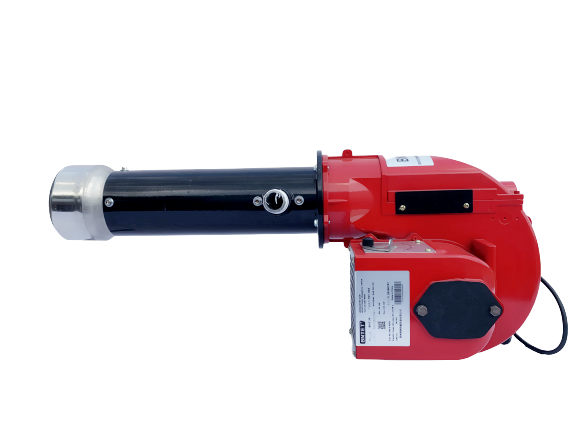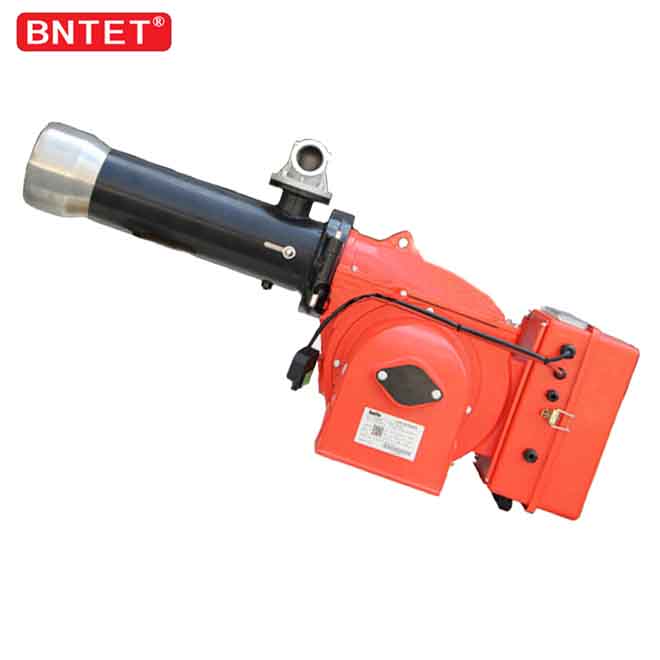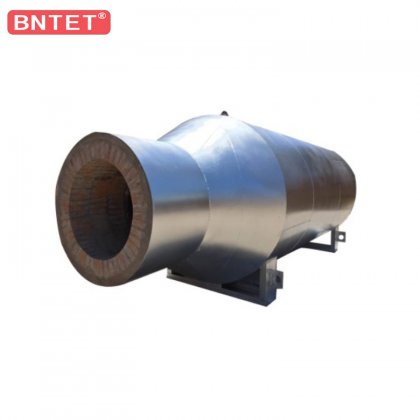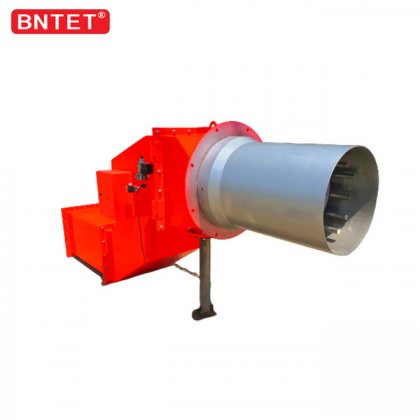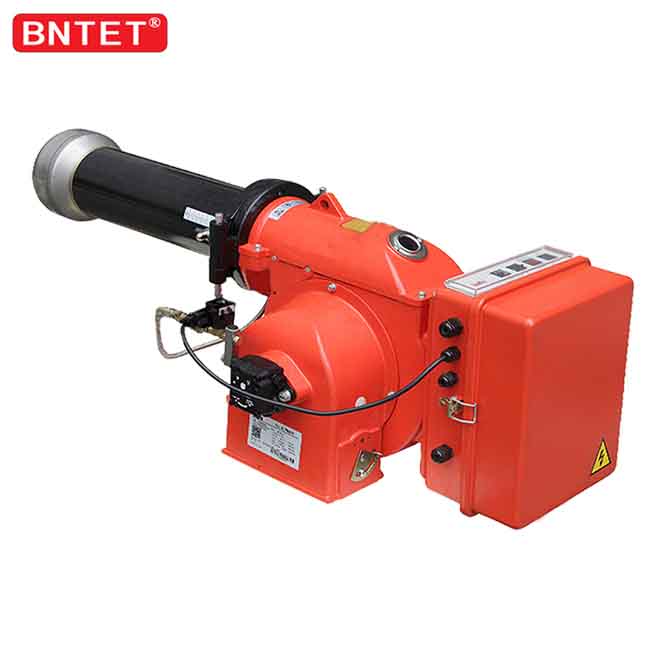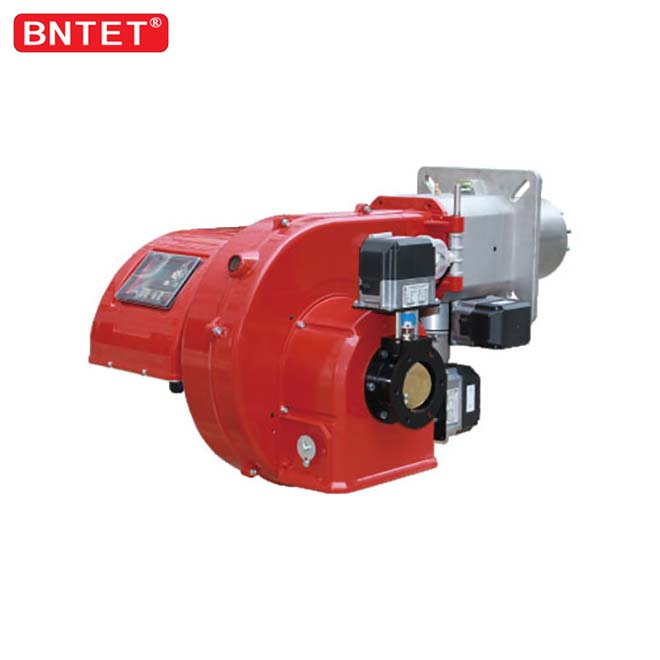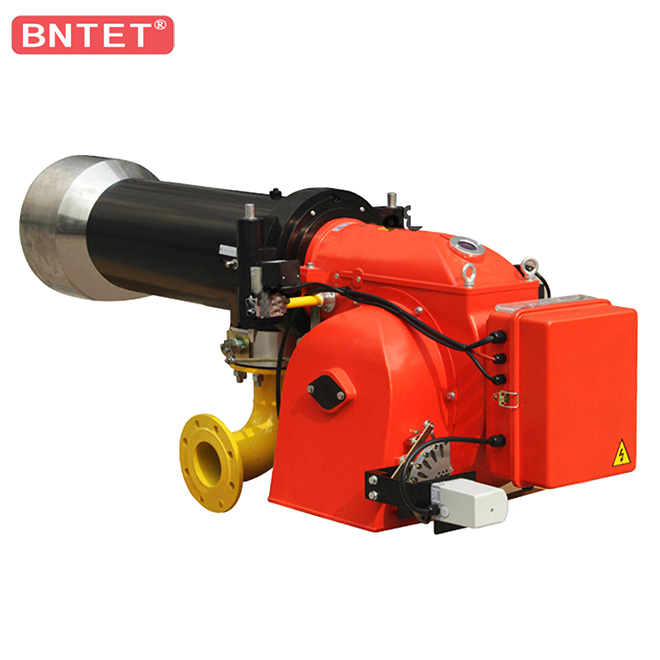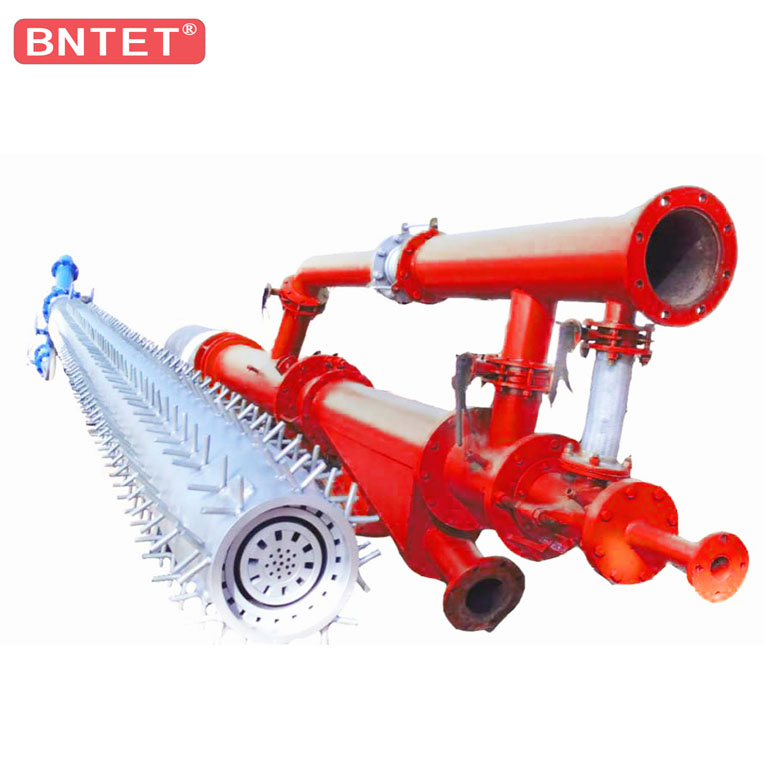Low-NOx burners and low-NOx burners refer to burners with low NOx emissions during the fuel combustion process. The use of low-NOx burners can reduce the emissions of nitrogen oxides during the combustion process.
The nitrogen oxides produced in the combustion process are mainly NO and NO2, and these two nitrogen oxides are generally referred to as nitrogen oxides NOx. A large number of experimental results show that the nitrogen oxide emitted by the combustion device is mainly NO, accounting for about 95% on average, while NO2 only accounts for about 5%.
The NO produced by general fuel combustion mainly comes from two aspects: one is the oxidation of nitrogen in the air used for combustion (combustion air); the other is the thermal decomposition and re-oxidation of the nitrogen contained in the fuel during the combustion process. In most combustion devices, the former is the main source of NO. We call this type of NO "thermally reactive NO", the latter as "fuel NO", and "prompt NO".
The NO formed during combustion can react with intermediate products containing nitrogen atoms to reduce NO to NO2. In fact, in addition to these reactions, NO can also generate NO2 with various nitrogen-containing compounds. When the reaction reaches chemical equilibrium in the actual combustion device, the ratio of [NO2]/[NO] is very small, that is, the conversion of NO to NO2 is very small and can be ignored.
Combustion technology to reduce NOx
NOx is produced by combustion, and the combustion method and combustion conditions have a greater impact on the generation of NOx. Therefore, the improvement of combustion technology can be used to reduce NOx. The main ways are as follows:
Choose fuels with lower N content, including fuel denitrification and conversion to low-nitrogen fuels;
Reduce the excess air coefficient and organize excessive combustion to reduce the concentration of oxygen around the fuel;
In the case of less excess air, lower the temperature peak to reduce the "thermal reaction NO";
In the case of low oxygen concentration, increase the time that combustibles stay in the flame front peak and the reaction zone. The specific methods commonly used to reduce the formation and emission of NOx are: staged combustion, reburning, low-oxygen combustion, rich-lean deviation combustion, and flue gas recirculation.
